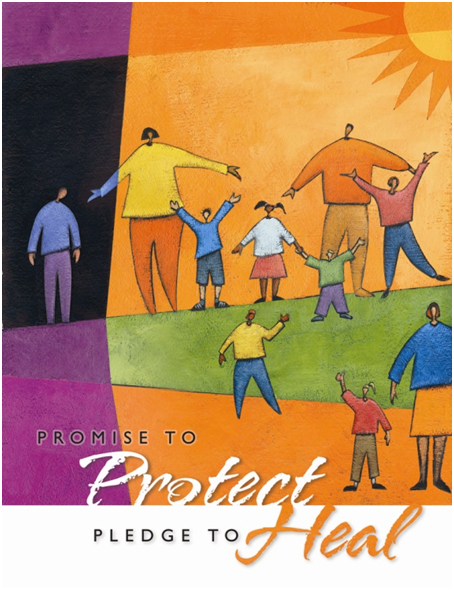By Jan Rayburn - Archdiocese of Miami/Safe Environment
What do webcams, cyberbullying, sexting and Instragram have in common? We were not talking about any of them in 2003, when Virtus training began in the Archdiocese of Miami.

Virtus training is the child sex abuse awareness and prevention program required of all employees in the archdiocese, in keeping with our Safe Environment Policy and in accordance with the U.S. bishops’ Charter for the Protection of Children and Young People. Virtus is also required of all volunteers who have access to children and/or vulnerable adults.
Virtus begins with a live three-hour session led by trained facilitators. The required training continues in the form of online monthly bulletins. The bulletins are sent to the participant’s own Virtus account the first Monday of each month.
While the live session is eye-opening and dramatic, it is the bulletins that offer the best opportunity for continuing education and changing the culture with regard to this crime.
For example, in the last year, the bulletins advised us as to best practices for communicating with youths in a safe manner:
- (Youth) do not pick up the phone and call, nor do they typically email. They text and they message… they Instagram and… Tweet. If adults want to effectively communicate with kids, they are going to have to adopt some of these technologies in a prudent, professional way. It can open up lines of communication that were previously unavailable.
Also, in the last year, we learned telling statistics on Internet pornography:
- The largest consumers of Internet pornography are children between the ages of 12-17… Thirty-five percent of young teenage boys (13-14 years old) say that they have seen pornography “more times than I can count.”
- By the age of 18, more than nine out of 10 boys, and six out of 10 girls have seen pornography online. Pornography also contributes to the sexual trafficking of minors, as victims become part of the pool of videos and images circulated online. There are also grave neurological effects.
- As one can imagine, viewing graphic and degrading material can negatively impact a person’s thinking in profound ways. This is even truer when a person’s brain is still in its most formative stages — as is the case with teens and preteens. Perhaps most sobering of all is the fact that children who have seen pornography, even inadvertently, are more likely to be sexually abused by a peer or adult.
- Many teens across the United States experience dating violence, defined as “physical assault or acts of bodily harm, including psychological and emotional abuse, verbal or implied, that take place in private or in social situations.” To be clear, the term is not intended to include violence between casual acquaintances, but rather is reserved for those behaviors occurring between those whose relationship is characterized by dating, affections, or sexual involvement…
- 85 percent of boys and 88 percent of girls also revealed that they had been the victim of this type of aggression at least once in their current dating relationship.Through the monthly bulletins we were exposed to the reality of human trafficking:…100,000 youth… are trafficked each year… children… are being coerced into (the) commercial sex industry…
- By understanding how the traffickers scout out, manipulate, and trap our youth into these terrible situations, we equip ourselves with the ability to better respond to programs and necessary education to raise awareness of the issue.
This includes the myth of the child prostitute. In truth, this is a child victim:
- (Human trafficking) has the potential to touch each and every home in this country. It is necessary for communities, schools, churches and families to be aware of the predators that are coming for our children… Society needs to redefine the term prostitute and acknowledge that they are victims.
All of this valuable information and more is sent into Virtus accounts (free to the participant) each month. When it comes to protecting children and vulnerable adults, this is a tremendous resource.
If you would like to register for a live Virtus session, please do so at www.virtusonline.org.
If your Virtus account has been suspended – meaning you have not kept up with your bulletins — but want reactivation, contact me at [email protected].
These excerpts were taken from various Virtus bulletins issued in 2014.
Related stories:

